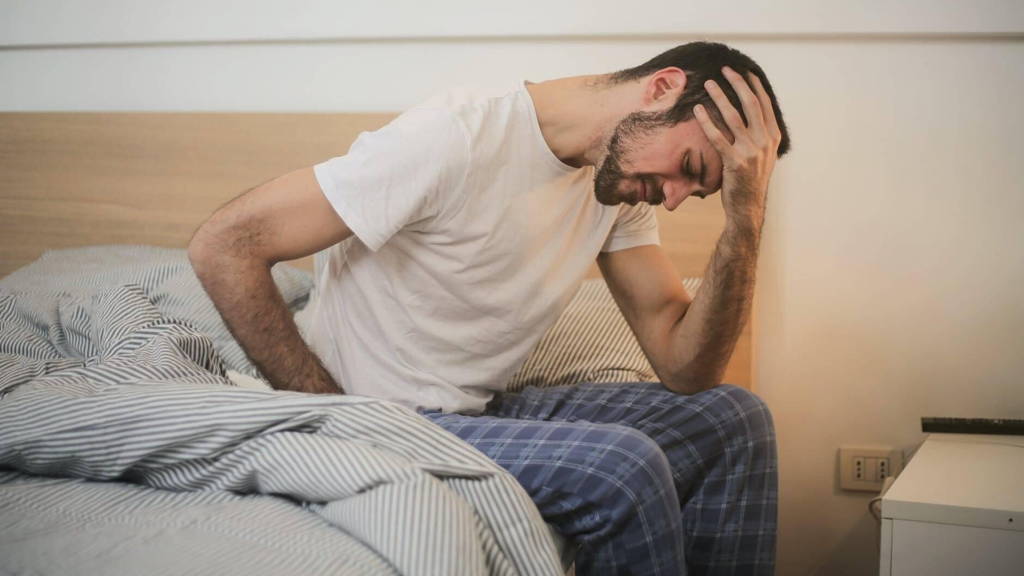Neurostimulation is a proven treatment that benefits patients suffering from chronic cluster headaches. After implantation of the neurostimulator, it is adjusted by the neurologist. However, for several years it has also been possible for patients to adjust the height of the stimulation themselves using a remote control. For many patients, this is an exciting matter.
Research by the Radboudumc, published in The Journal of Headache and Pain, has now shown that the method of using one's own “remote control” to adjust the level of neurostimulation seems to be successful. Follow-up research should now begin to show whether that assumption is indeed correct. Chronic cluster headaches often make people desperate because of the recurring intense pain attacks. If the usual medications do not work, occipital neurostimulation (ONS) is an option.
Controlling neurostimulation yourself
Radboudumc researchers have found that of the patients who have the ability to adjust the degree of neurostimulation themselves, almost half actually do so. If they feel a headache episode coming on, they increase the current of the neurostimulator slightly. In some patients, this works so well that the episodes are completely suppressed, but most patients experience shorter and/or less intense episodes.
“Almost half of the people we talk to use the remote control to slightly increase the current, adjust the voltage a little bit, as soon as they feel a cluster headache episode coming on. That was really striking, because we don't give any advice on that. The patients who increase the voltage - we started calling them Voltage Tuners - say it gives them a tingling sensation that makes the headache fade into the background. The episode becomes shorter, less painful or sometimes even prevented,” says Linda Kollenburg of the Radboudumc. She sees many patients with ONS who come for check-ups.
Research into unusual phenomenon
Self-operating the neurostimulator was “invented” by patients themselves. This was so striking that Kollenburg and neurosurgeon Erkan Kurt decided to research it. “This has not been described in the literature before. But if this indeed works, people with a neurostimulator might be able to use this to further reduce remaining episodes. Now if they have such attacks of cluster headaches, they still have to go on oxygen or inject a drug. If those attacks can be further reduced by patients being able to 'zap' them away in part by themselves, then that would be an important extension of treatment,” Kurt said.
The neurostimulator is typically placed, subcutaneously, in a patient's buttock. In late 2022, it was Erdan Kurt who implanted the first innovative Vanta neurostimulator. That one is smaller, has more features and features a more comfortable battery that lasts longer.
Fear of being at the controls
The researchers also looked at why, just over half, of the patients do not use the remote control. Fear plays a role in this. For example, patients are afraid that the neurostimulator will not work as well, or at all, if they operate it themselves.
“The episodes are so severe that patients are very happy with the reduction that ONS provides. The fear that they might have more seizures again prevents them from turning the knob themselves. If we can show in follow-up research that those gains are not lost and they may be able to suppress even more seizures with the remote control, then maybe they will dare to and we may be able to start including that as advice,” Kollenburg said.
Follow-up research
The follow-up research that will now take place should, among other things, show whether the hypothesis the researchers have developed about why Voltage Tuning can (partially) curb remaining seizures is correct. Namely, they believe that the current strength to which the neurostimulator is now set stops many episodes, but not all of them.
“The episodes that still occur are probably the most intense ones. Those break through the existing level of neurostimulation, so to speak. By turning up the voltage slightly at such times, those episodes are then still countered. Whether this hypothesis is correct will have to be clarified in follow-up research. But it remains remarkable that we discovered this phenomenon by listening carefully to the patients themselves”, says Kollenburg.






